|
|
|
|
Products mentioned in this Article
--None--
|
|
|
|
|
|
|
|
|
 |
|
|
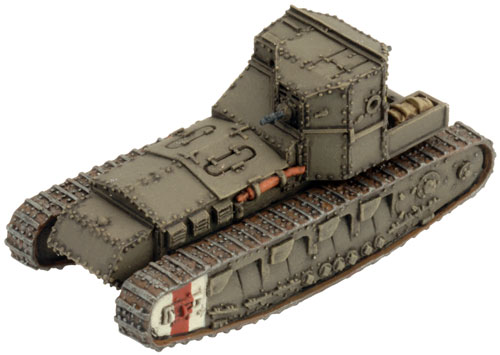 |
Mark A Whippet Tank (GBR080)
includes one Mark A Whippet tank.
While the Mark I and later the Mark IV tanks were excellent infantry support weapons, and could even create a substantial breach in an enemy line when used in numbers, they lacked the speed to exploit that gap. In late 1916, William Tritton proposed a faster vehicle to the Landships Committee which would be capable of filling this role on the battlefield.
Check out the Mark A Whippet Tank in the online store here...
|
Great War
The Great War of 1914-18 was global in its reach. Yet this global
conflict would be decided by the mighty clashes upon the battlefields of
Europe.
Learn more about Great War here... |
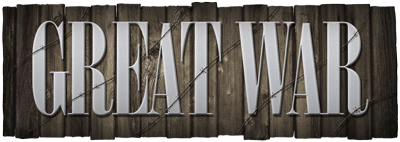 |
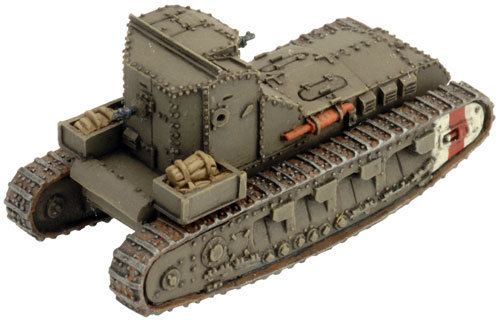 |
The new vehicle, called the Medium Mark A or ‘Whippet’, was a radical departure from the heavier rhomboidal tanks. The caterpillar tracks, derived from the Little Willie prototype, were more conventional side-slung units as opposed to the all-around tracks of the Mark IV.
Though originally envisioned with a rotating turret, the production model had an armoured housing for three to four .303 Hotchkiss machine guns, which could be relocated between four gun ports. Approved in June 1917, roughly 200 vehicles were produced starting in October 1917.
|
The Mark A Whippet Tank is also available as part of Mitchell's Marauders, click here to learn more...
|
Unlike the large crew of the Mark IV, the Whippet managed with a standard crew of three, a commander, driver, and gunner. Given the gunner was responsible for manning both two machine guns (which could point forward, left, right, and rear), sometimes a second gunner was squeezed in.
As its primary role was to get these guns into the enemy rear as quickly as possible, the Whippet was designed with two 45hp engines-one powering each track. This gave the Whippet a top speed of 8.3mph, far faster than its heavier cousins.
|
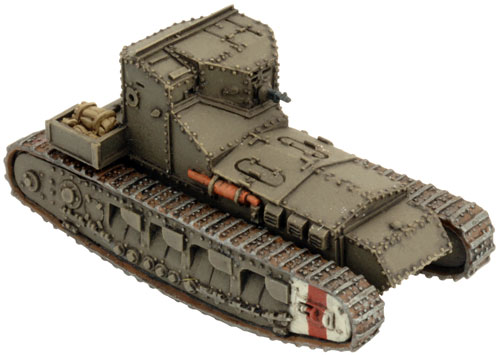 |
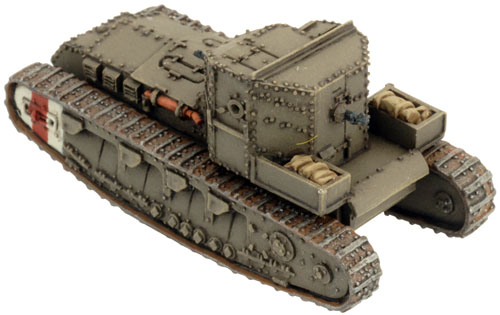 |
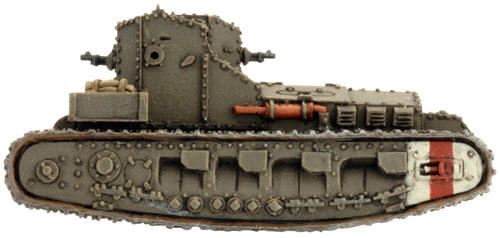
|
The Whippet reached the battlefield during the British Army’s low ebb
following crippling 1918 losses in Flanders. Their first action was to
cover the retreat of British infantry during the German Spring
Offensive. The machine-gun armament of the Whippet proved devastating to
infantry caught in the open of No-man’s land, with seven Whippets
effectively halting two German infantry battalions at an engagement near
Cachy and Villers-Brettoneux.
Designed by Tim Adcock
Painted by Victor Pesch |
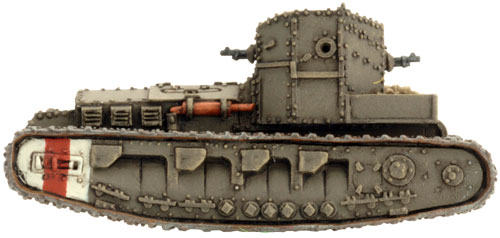 |
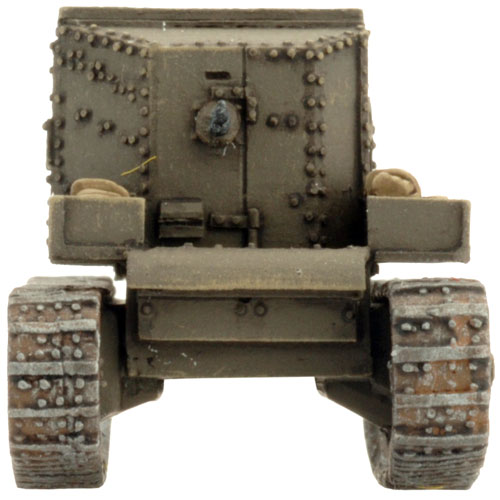
|
| The Mark A Whippet in Great War |
| |
|
|
Armour
|
|
|
| Name |
Mobility |
Front |
Side |
Top |
Equipment and Notes |
|
Mark A Whippet
|
8"/20cm
|
1
|
1
|
1
|
Two MG. |
|
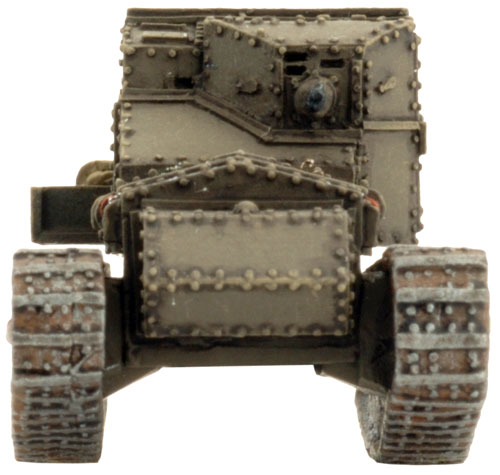 |
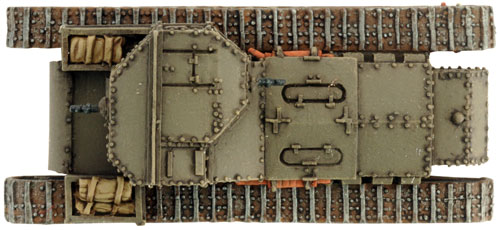 |
|
Contents & Assembly Guide for the Mark A Whippet Tank Blister Pack
Contact the customer service team at [email protected] if you have any issues with any of the components.
|
The Mark A Whippet Tank
|
 |
| Description of Components |
a. 1x MG sprues.
b. 1x Left-hand side track.
|
c. 1x Right-hand side track.
d. 1x Resin Mark A Whippet hull. |
| Assembling The Mark A Whippet Tank
|
| Step 1. Begin assemble of the Mark A Whippet by attaching the tracks to the hull. |
Below: Attaching the left-hand side track to the hull of the Whippet.
|
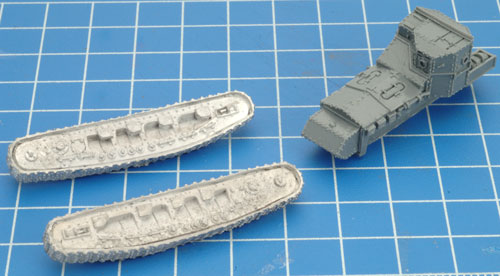 |
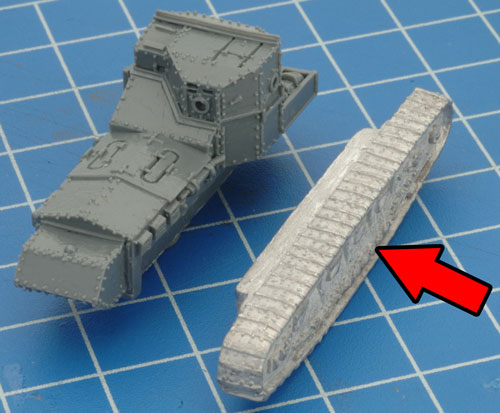 |
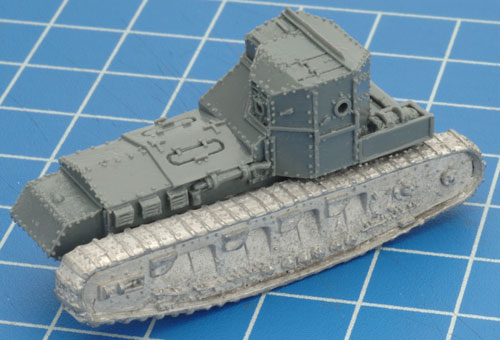 |
| Below: Attaching the right-hand side track to the hull of the Whippet. |
Step 2. Attach the machine-guns to the four locations show in the images below. |
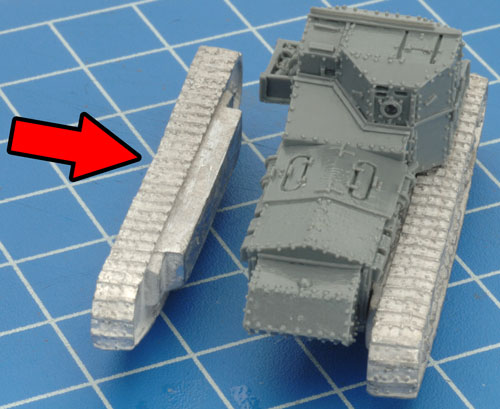 |
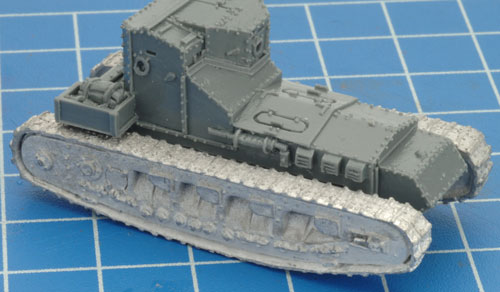 |
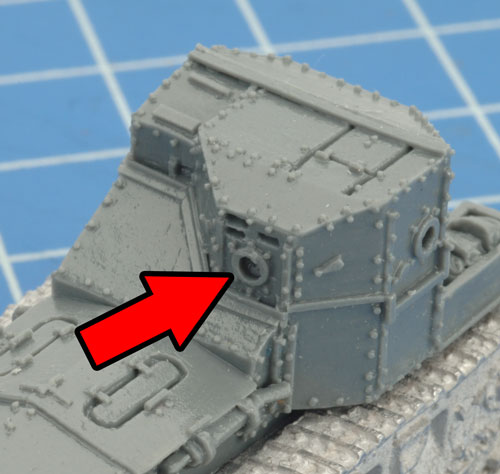
|
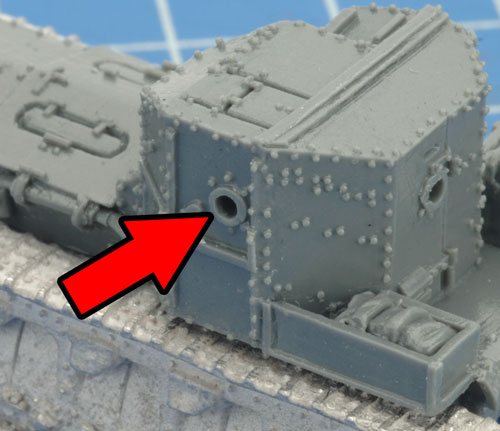
|
| Below: Two more locations for machine-guns of the Whippet. |
Below: Attaching the machine-guns to the fighting compartment. |
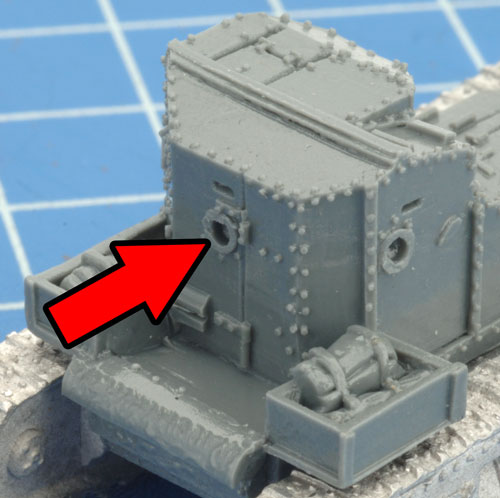 |
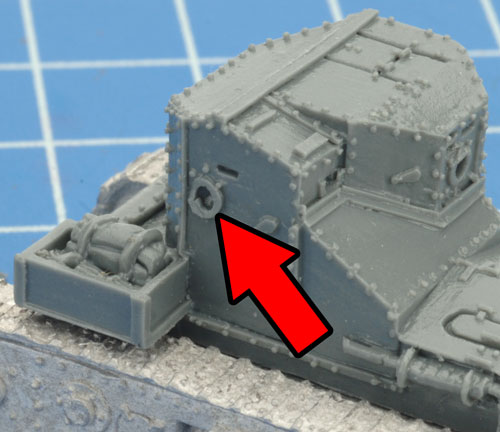 |
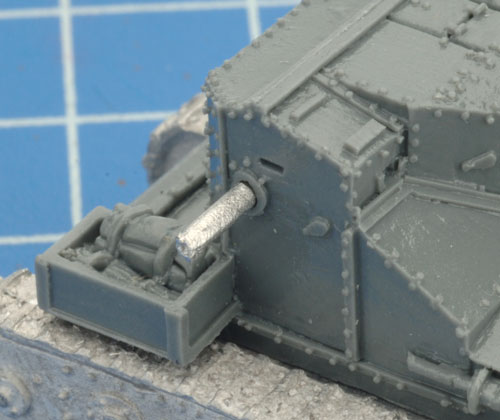
|
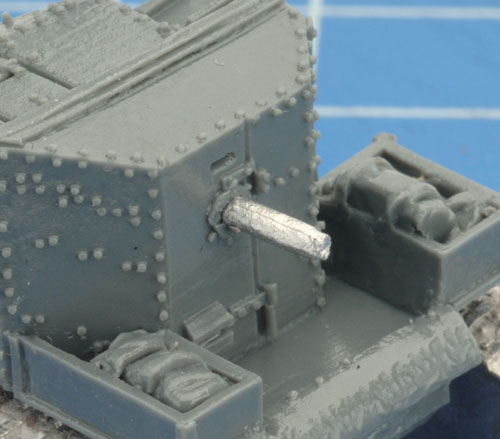
|
| Below: Attaching the remaining machine-guns to the fighting compartment. |
Below: With the machine-guns in place, the Mark A Whippet in now fully-assembled. |
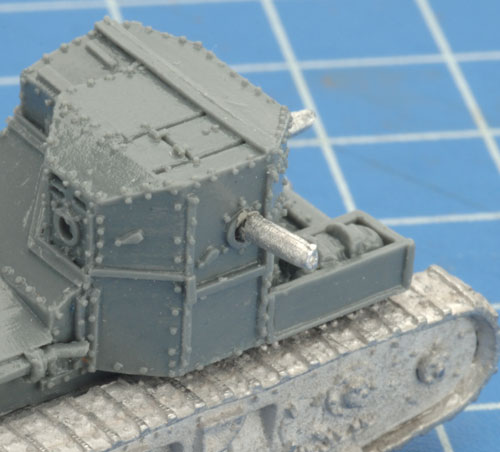 |
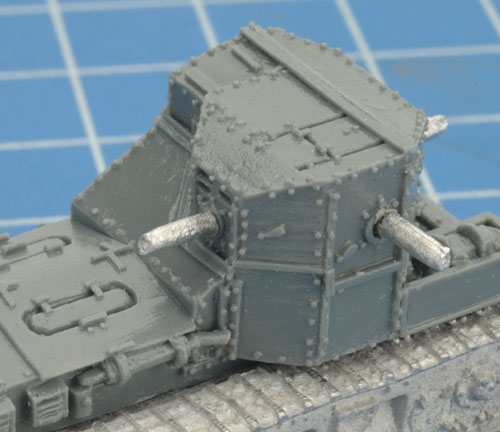 |
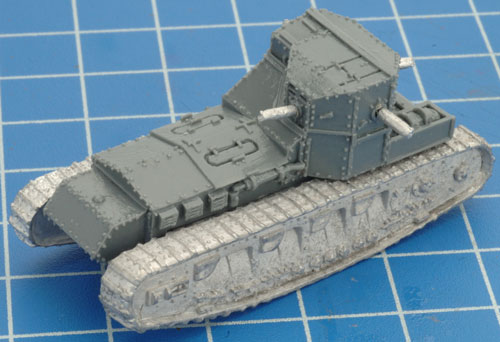
|
| Below: An example of a fully-painted Mark A Whippet tank. |
Last Updated On Thursday, August 14, 2014 by Blake at Battlefront
|
|
|